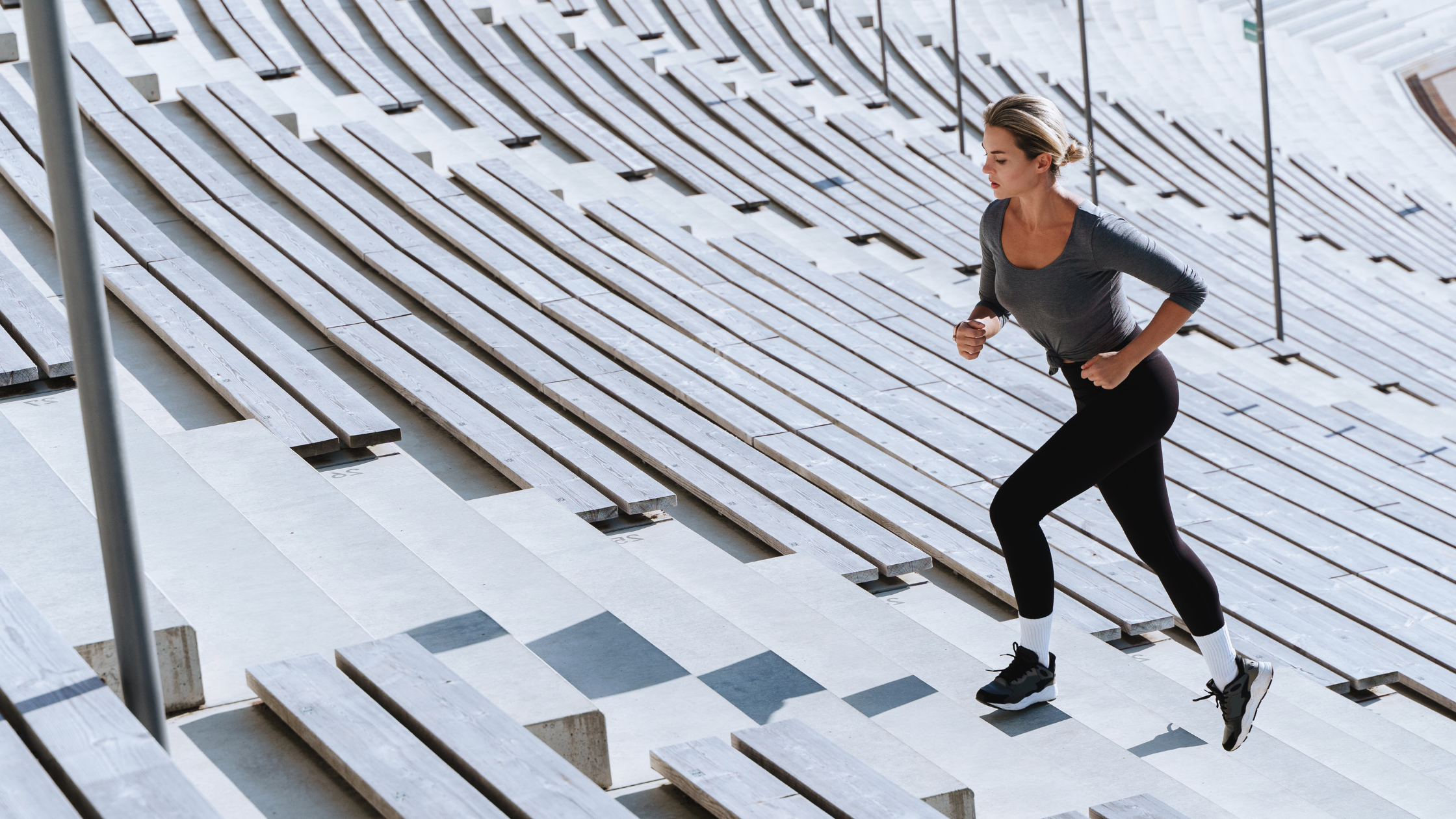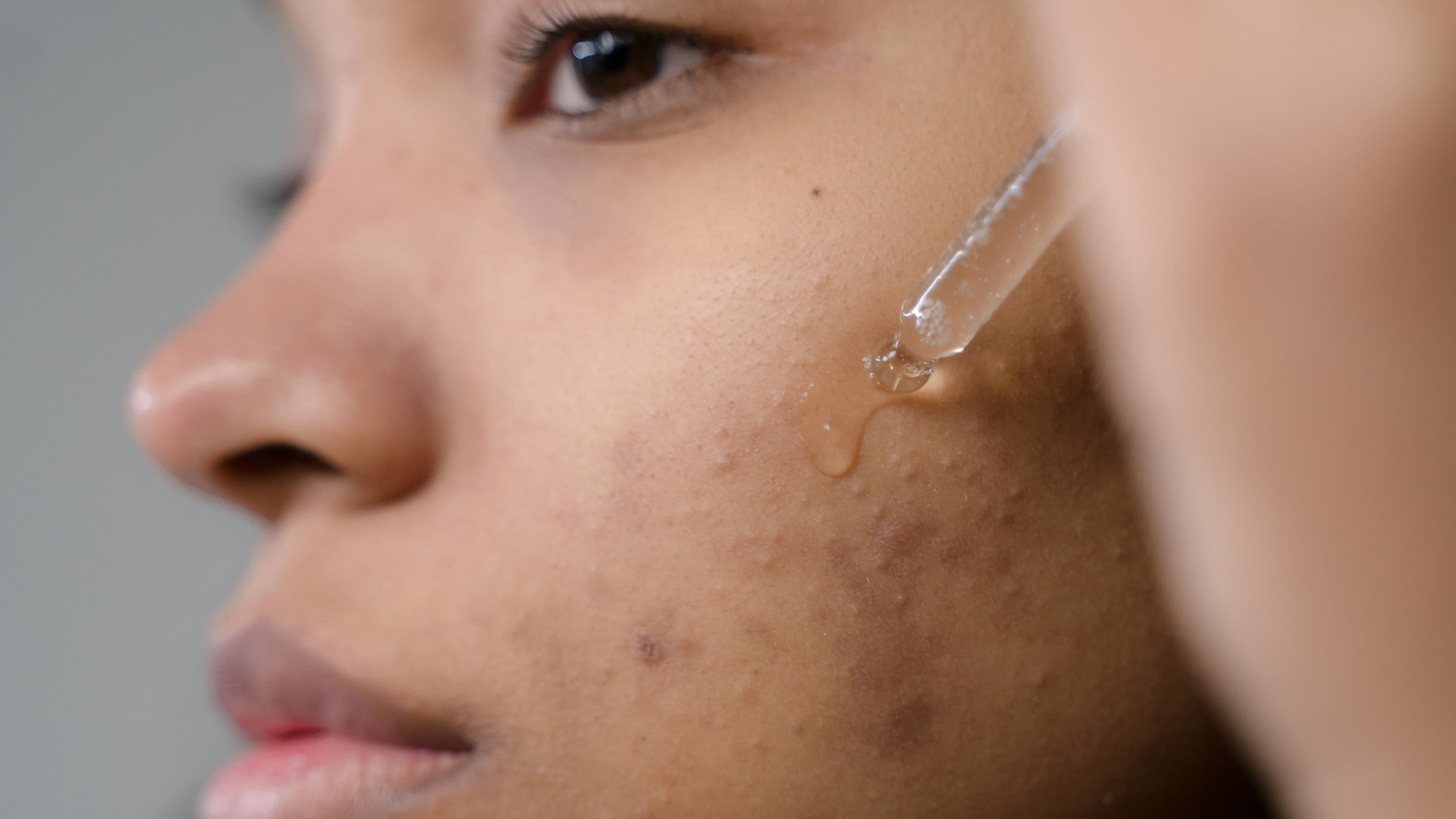
Acne Mechanica: The Battle Against Friction Acne
What is Acne Mechanica?
Acne mechanica is a type of acne that is caused or aggravated by friction, pressure, heat, or rubbing against the skin. Unlike traditional acne which is often influenced by hormones, diet, or genetics, acne mechanica is triggered by external factors that physically irritate the skin. This type of acne is commonly associated with activities or conditions that cause prolonged rubbing or pressure on the skin.
Here are some key features and causes of acne mechanica:
- Friction or Pressure: Acne mechanica is often triggered by consistent friction or pressure on the skin. This can result from activities such as wearing tight clothing, carrying heavy backpacks, or using equipment that rubs against the skin.
- Heat and Occlusion: Excessive heat and occlusion (blocking of the skin pores) can contribute to the development of acne mechanica. This can occur when the skin is covered for extended periods, preventing proper ventilation.
- Common Areas Affected: Body parts prone to friction and pressure, such as the back, shoulders, chest, and buttocks, are common sites for acne mechanica. Athletes, military personnel, or individuals engaging in activities that involve repetitive motions are more susceptible.
- Papules and Pustules: Acne mechanica typically presents as small, red papules or pustules. These are inflammatory lesions that can be aggravated by continued friction and pressure.
Acne Mechanica vs Acne Vulgaris
Acne mechanica and acne vulgaris are two distinct types of acne, each with its own set of causes, characteristics, and triggers. Here's a comparison of the two:
1. Acne Mechanica:
- Cause: Acne mechanica is primarily caused by external factors such as friction, pressure, heat, or rubbing of the skin. It often results from continuous physical irritation.
- Triggering Activities: Commonly associated with activities or gear that causes prolonged rubbing or pressure on the skin, such as tight clothing, backpack straps, helmets, or athletic equipment.
- Affected Areas: Typically occurs in areas where there is constant friction or pressure, such as the back, shoulders, chest, buttocks, and sometimes the forehead or chin.
- Prevention: Wearing breathable, loose-fitting clothing, choosing moisture-wicking fabrics, and avoiding tight or restrictive gear.
- Treatment: Over-the-counter or prescription topical treatments containing ingredients like benzoyl peroxide or salicylic acid may be used to manage acne mechanica.
2. Acne Vulgaris:
- Cause: Acne vulgaris is influenced by a combination of internal factors such as hormonal fluctuations, genetics, excessive oil production, and the presence of specific bacteria (Propionibacterium acnes).
- Triggering Factors: Hormonal changes such as puberty, menstruation, pregnancy, and hormonal imbalances can trigger acne vulgaris. Genetics, diet, and stress also play a role.
- Affected Areas: Face, Back, Chest: Commonly occurs on the face, back, and chest, but can affect other areas as well.
- Prevention: Prevention involves maintaining a consistent and gentle skincare routine, avoiding comedogenic products, and making lifestyle adjustments.
Key Differences:
- Causative Factors: Acne mechanica is primarily caused by external factors, while acne vulgaris is influenced by a combination of internal factors such as hormones, genetics, and bacteria.
- Triggering Activities: Acne mechanica is often associated with specific activities or gear that cause physical irritation, whereas acne vulgaris can be triggered by hormonal changes, diet, and other internal factors.
- Treatment Approaches: While both types of acne may be managed with topical treatments, the underlying causes are different. Acne vulgaris often requires a more multifaceted approach, including addressing hormonal imbalances and internal factors.
Understanding the distinctions between these types of acne is essential for effective prevention and treatment.
What Causes Acne Mechanica?
Acne mechanica is primarily caused by external factors that lead to physical irritation and friction on the skin. This type of acne results from repeated rubbing, pressure, or friction against the skin, which can create conditions conducive to the development of acne lesions. Here are some common causes of acne mechanica:
- Friction and Pressure: The most common cause of acne mechanica is persistent friction or pressure on the skin. This can occur due to tight clothing, straps, equipment, or any object that consistently rubs against the skin.
- Tight Clothing: Wearing tight or restrictive clothing, especially in areas prone to friction, can lead to acne mechanica. This is often seen in athletes who wear sports gear or individuals who wear tight clothing for extended periods.
- Backpacks and Straps: Carrying heavy backpacks, especially with tight or rough straps, can cause friction on the shoulders and back, leading to the development of acne mechanica in these areas.
- Helmets and Protective Gear: Athletes, military personnel, or individuals who wear helmets or other protective gear for extended periods may experience acne mechanica due to the constant pressure and heat generated.
- Heat and Occlusion: The combination of heat and occlusion, where the skin is covered and unable to breathe, can exacerbate the development of acne mechanica. Sweat trapped against the skin can contribute to clogged pores.
- Frequent Rubbing: Activities that involve frequent rubbing or friction on the skin, such as musical instrument straps, can contribute to the formation of acne mechanica.
- Humid Conditions: Humid environments can exacerbate the condition, as moisture on the skin, combined with friction, creates an environment conducive to acne development.
What are the Symptoms of Acne Mechanica?
Acne mechanica presents with symptoms similar to those of common acne, but are specifically triggered by external factors, such as friction, pressure, or rubbing on the skin. The symptoms may vary in severity, and individuals may experience different manifestations. Here are the common symptoms of acne mechanica:
- Papules: Small, raised, red bumps on the skin are a typical symptom of acne mechanica. These papules may be tender or itchy.
- Pustules: Pustules are similar to papules but contain pus at the top. They appear as small, red bumps with a white or yellow center.
- Comedones: Both open comedones (blackheads) and closed comedones (whiteheads) may develop. These result from the clogging of hair follicles and pores due to the combination of friction and other contributing factors.
- Inflammation: The affected areas may become inflamed, leading to redness and swelling. Inflammation is a common response to irritation and the body's attempt to heal.
- Itching or Discomfort: Acne mechanica can be associated with itching or discomfort in the affected areas. This may be exacerbated by continued friction or pressure.
- Hyperpigmentation: After the acne lesions heal, individuals may notice areas of hyperpigmentation (darkening of the skin). This is a common post-inflammatory response.
- Distribution on Friction-Prone Areas: The location of acne mechanica is often in areas prone to friction or pressure. This includes the back, shoulders, chest, buttocks, forehead, or chin, depending on the activities or circumstances irritating.
- Aggravation by Heat: The condition may worsen in hot and humid conditions, as heat and moisture can contribute to further irritation and inflammation.
How Do You Treat Acne Mechanica?
Treating acne mechanica involves addressing the external factors that contribute to physical irritation and friction on the skin. The goal is to reduce these factors, promote skin healing, and prevent further breakouts. Here are several strategies for treating acne mechanica:
- Avoid Friction and Pressure: Identify and minimize activities or situations that cause friction or pressure on the affected areas. This may involve changing clothing, adjusting straps, or avoiding certain gear.
- Choose Breathable Fabrics: Opt for loose-fitting, breathable fabrics to reduce friction and allow the skin to breathe. Avoid tight clothing that can trap sweat and irritate the skin.
- Regular Cleansing: Cleanse the affected areas regularly with a mild, non-comedogenic cleanser to remove sweat, oil, and debris. This helps prevent the pores from becoming clogged.
- Moisturize: Use a lightweight, non-comedogenic moisturizer to keep the skin hydrated without contributing to pore blockages. Moisturized skin is less prone to irritation.
- Topical Treatments: Skip the OTCs, most over-the-counter acne products are targeted at surface-level breakouts, not at deep-dwelling issues.
- Avoid Harsh Products: Refrain from using harsh or abrasive skincare products that can further irritate the skin. Opt for products labeled as non-comedogenic.
- Cooling Measures: Applying cool compresses or using cooling products can help soothe irritated skin and reduce inflammation.
- Allow Skin to Breathe: Whenever possible, allow the affected skin to breathe. This may involve avoiding continuous pressure or friction and giving the skin breaks from tight clothing or gear.
- Protect from Sun Exposure: Use sunscreen with at least SPF 30 to protect the skin from harmful UV rays. Some acne treatments may increase sensitivity to the sun.
Remember that consistency is key when treating acne mechanica. It may take some time for the skin to heal and for breakouts to subside.
How Do You Get Rid of Helmet Acne?
Helmet acne, also known as acne mechanica, is a common issue for individuals who regularly wear helmets, such as motorcyclists, cyclists, or athletes. The friction, pressure, and heat generated by helmet use can contribute to the development of acne in the covered areas. Here are some tips on how to get rid of helmet acne and prevent future breakouts:
- Cleanse the Skin: Pre-Ride Cleansing: Before putting on your helmet, cleanse your face and any areas of skin covered by the helmet with a mild, non-comedogenic cleanser. This helps remove excess oil and debris.
- Choose the Right Helmet: Proper Fit: Ensure your helmet fits properly. A well-fitting helmet minimizes unnecessary friction and pressure on the skin. Opt for helmets with good ventilation to reduce heat and moisture buildup. This can help prevent the pores from becoming clogged.
- Use Moisture-Wicking Material: Helmet Liner: Consider using a moisture-wicking helmet liner or bandana. These materials can help absorb sweat and reduce friction on the skin.
- Frequent Cleaning: Helmet Interior: Regularly clean the interior of your helmet to remove sweat, oil, and bacteria. Follow the manufacturer's cleaning instructions to avoid damaging the helmet.
- Shower After Riding: Prompt Cleansing: If possible, take a shower shortly after removing your helmet. Use a gentle cleanser to wash away sweat and prevent pores from becoming clogged.
- Keep Hair Clean: Hair Care: If you have long hair, keep it clean and tied back. Oily hair can contribute to acne, especially in areas covered by the helmet.
- Hydration: Stay Hydrated: Proper hydration supports overall skin health. Drink plenty of water to help maintain skin hydration and reduce excess oil production.
- Rotate Helmets: Multiple Helmets: If you have multiple helmets, rotate them to allow each one to air out between uses. This can help prevent the buildup of sweat and bacteria.
Consistency in implementing these measures is key to managing and preventing helmet acne. Experiment with these tips to find a routine that works best for your skin and helmet-wearing habits.
Does Friction Cause Back Acne?
Yes, friction can contribute to the development of back acne, a condition commonly known as "bacne." Friction, pressure, and irritation on the skin can lead to several factors that contribute to acne breakouts. Here's how friction can play a role in back acne:
- Clothing Friction: Wearing tight or abrasive clothing can cause constant rubbing and friction against the skin. This can lead to irritation and inflammation, which contribute to the development of acne on the back.
- Backpacks and Bags: Carrying a heavy backpack or bag that rests against the back can create friction and pressure. The combination of friction and sweat trapped under the backpack straps can clog pores and contribute to acne breakouts.
- Exercise-Induced Friction: During physical activities, especially those involving repetitive movements, the combination of sweat and friction can lead to acne on the back. This is common among athletes who engage in activities like running, cycling, or weightlifting.
- Rough Towels or Bedding: Using rough towels or sleeping on abrasive bedding can cause friction against the back. This, coupled with sweat and dead skin cells, can contribute to the development of bacne.
How to Prevent Acne Mechanica
Preventing acne mechanica involves minimizing the factors that contribute to physical irritation, friction, and pressure on the skin. Here are some tips to help prevent acne mechanica:
- Choose Breathable Fabrics: Opt for loose-fitting, breathable fabrics in clothing to reduce friction and allow the skin to breathe. Natural fibers like cotton can be good choices.
- Wear Moisture-Wicking Fabrics: Choose moisture-wicking fabrics, especially during physical activities, to help keep the skin dry and prevent the accumulation of sweat.
- Avoid Tight Clothing: Wear loose clothing to prevent unnecessary friction and pressure on the skin. Avoid tight straps, belts, or clothing that can rub against the skin.
- Use Padding or Bandages: If you're engaging in activities that involve consistent friction (e.g., sports), consider using padding or bandages in areas prone to irritation.
- Properly Fit Backpacks and Bags: Ensure that backpacks and bags are properly fitted and not causing excessive pressure on specific areas of the skin. Adjust straps accordingly.
- Cleanse After Exercise: Shower promptly after exercising to remove sweat and prevent it from mixing with oils on the skin, which can contribute to acne mechanica.
- Use Non-Comedogenic Skincare Products: Choose skincare and body care products labeled as non-comedogenic. These products are less likely to clog pores and contribute to acne.
- Regularly Clean Gear: If you use helmets, protective gear, or any equipment that comes into contact with your skin, regularly clean them to remove sweat, oil, and bacteria.
- Rotate Gear: If possible, rotate the use of gear to allow each item to air out between uses. This helps prevent the buildup of sweat and bacteria.
- Hygiene Practices: Practice good overall hygiene, including regular showering and cleaning of the skin with a mild, non-comedogenic cleanser.
- Choose Comfortable Footwear: If you experience acne mechanica on your feet, consider choosing comfortable and breathable footwear to reduce friction.
- Consider Protective Barriers: For specific activities or areas prone to friction, consider using protective barriers like silicone sheets or dressings to minimize direct contact with the skin.
- Regular Skin Checks: Periodically check areas prone to acne mechanica for signs of irritation or early acne development. Address any issues promptly.
- Give the Skin Time to Heal: Reduce the frequency or intensity of activities causing friction to allow the skin time to heal.
While acne mechanica is often not as severe as some other forms of acne, consistent preventive measures and proper skin care are essential. Adjustments to your routine may be necessary based on your lifestyle and specific activities.






